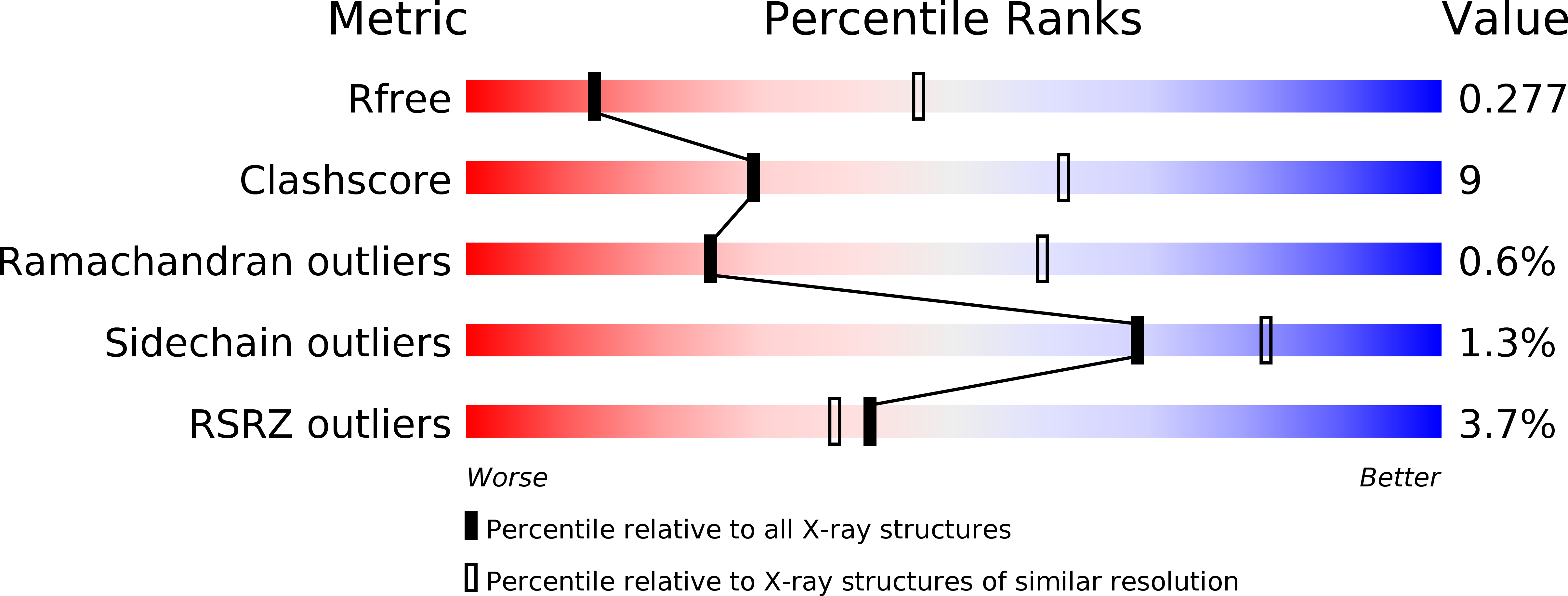
Deposition Date
2017-06-02
Release Date
2017-08-30
Last Version Date
2025-10-01
Entry Detail
PDB ID:
5O5Q
Keywords:
Title:
X-ray crystal structure of RapZ from Escherichia coli (P3221 space group)
Biological Source:
Source Organism:
Escherichia coli (Taxon ID: 562)
Host Organism:
Method Details:
Experimental Method:
Resolution:
3.25 Å
R-Value Free:
0.27
R-Value Work:
0.21
R-Value Observed:
0.22
Space Group:
P 32 2 1


